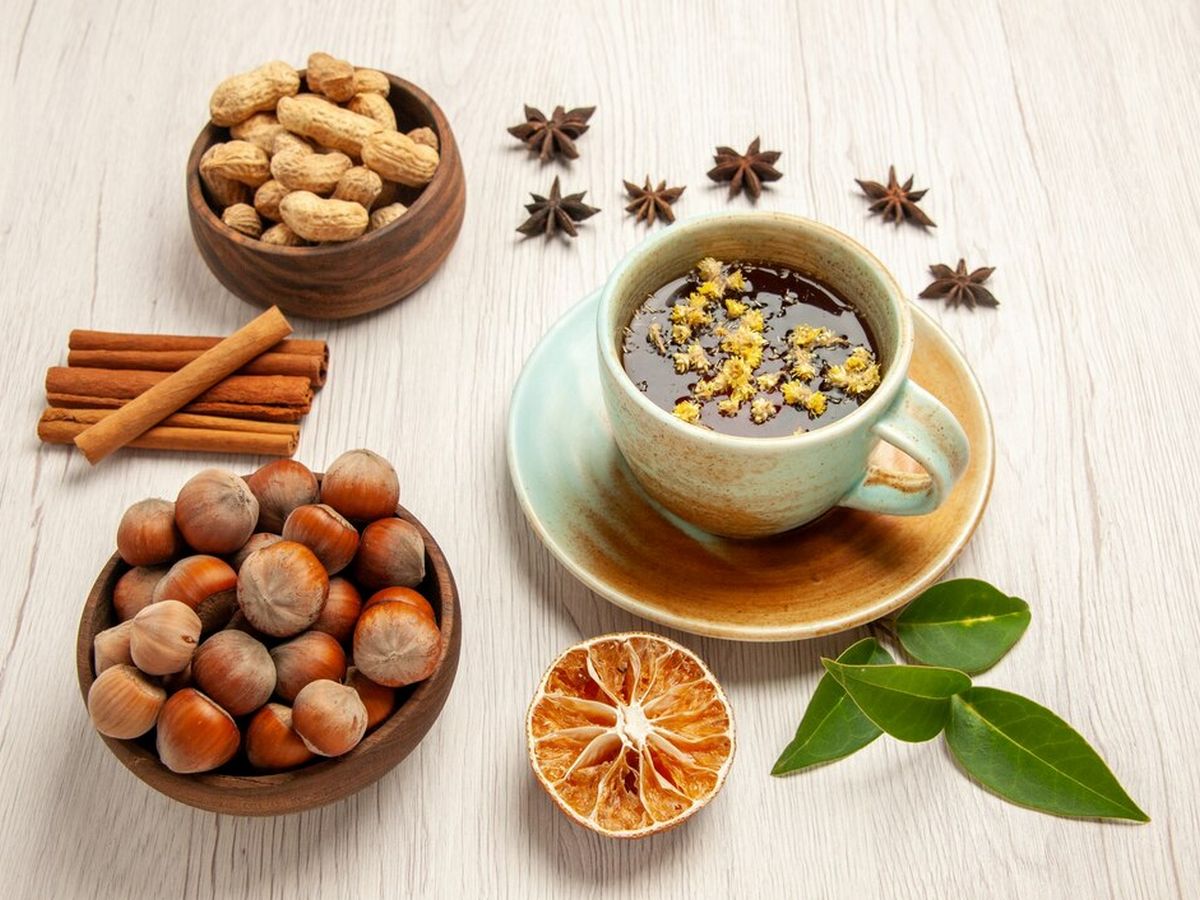

Turmeric and ginger are age-old remedies revered for their anti-inflammatory properties, while omega-3 fatty acids are modern nutraceutical powerhouses with similar effects. When combined, these natural agents create a synergistic approach to reducing inflammation and promoting joint health. This article delves into the science behind these ingredients, their mechanisms of action, and how they can be effectively incorporated into your diet for better mobility and relief from joint discomfort.
In the intricate world of health and nutrition, ancient remedies and modern science are increasingly converging. Among the many natural solutions for improving health and well-being, turmeric and ginger stand out as time-honored ingredients with incredible therapeutic potential. When paired with omega-3 fatty acids—nutraceutical marvels—they form a trifecta of anti-inflammatory prowess that can significantly reduce joint pain, stiffness, and improve mobility.
Joint health is central to overall mobility and quality of life. Arthritis, osteoarthritis, and other joint-related issues have become increasingly prevalent, affecting millions worldwide. While pharmaceutical solutions exist, they often come with side effects. Natural alternatives like turmeric, ginger, and omega-3 fatty acids provide safer and equally potent options to alleviate inflammation and promote joint health.
Turmeric, the golden-yellow spice that has been a staple in Indian and Southeast Asian cuisines, owes its health benefits to curcumin, its active compound. Curcumin is renowned for its potent anti-inflammatory and antioxidant properties. It inhibits key inflammatory mediators like cytokines and prostaglandins, reducing the inflammation that contributes to joint pain and degradation.
Research has shown that curcumin works on the same inflammatory pathways as nonsteroidal anti-inflammatory drugs (NSAIDs), but without the gastrointestinal side effects. However, curcumin’s bioavailability is naturally low, which means it is poorly absorbed by the body. Pairing it with black pepper, which contains piperine, can enhance its absorption significantly.
Ginger, a close botanical relative of turmeric, is another natural powerhouse. Its active compounds, gingerols, and shogaols, exhibit strong anti-inflammatory and pain-relieving effects. Ginger blocks the formation of inflammatory compounds like leukotrienes and prostaglandins, which are responsible for chronic inflammation and pain.
Studies have demonstrated that regular consumption of ginger can reduce symptoms of osteoarthritis and rheumatoid arthritis. In addition to being effective, ginger is easy to incorporate into the diet, whether in fresh, powdered, or supplement form.
Omega-3 fatty acids, found abundantly in fatty fish like salmon, mackerel, and sardines, as well as in flaxseeds and walnuts, are celebrated for their anti-inflammatory properties. The key omega-3 fatty acids—EPA (eicosapentaenoic acid) and DHA (docosahexaenoic acid)—work by inhibiting inflammatory cytokines and promoting the production of anti-inflammatory compounds called resolvins.
Regular omega-3 consumption has been linked to reduced joint pain, improved joint mobility, and even delayed progression of arthritis. Omega-3s not only reduce systemic inflammation but also support heart and brain health, making them a multifaceted nutraceutical essential.
Each of these natural remedies—turmeric, ginger, and omega-3 fatty acids—has remarkable benefits when used individually. However, their combined use offers a synergistic effect that magnifies their anti-inflammatory and pain-relieving capabilities.
While these natural remedies are generally safe, it’s important to consider dosage and potential interactions with medications. For instance, high doses of omega-3s can thin the blood, and turmeric may interact with anticoagulants. Consulting a healthcare professional before starting any new supplement regimen is advisable.
Turmeric, ginger, and omega-3 fatty acids represent the perfect blend of ancient wisdom and modern science. By incorporating these ingredients into your diet, you can harness their synergistic power to reduce inflammation, alleviate joint pain, and improve overall joint health—naturally and effectively.
Click one of our contacts below to chat on WhatsApp